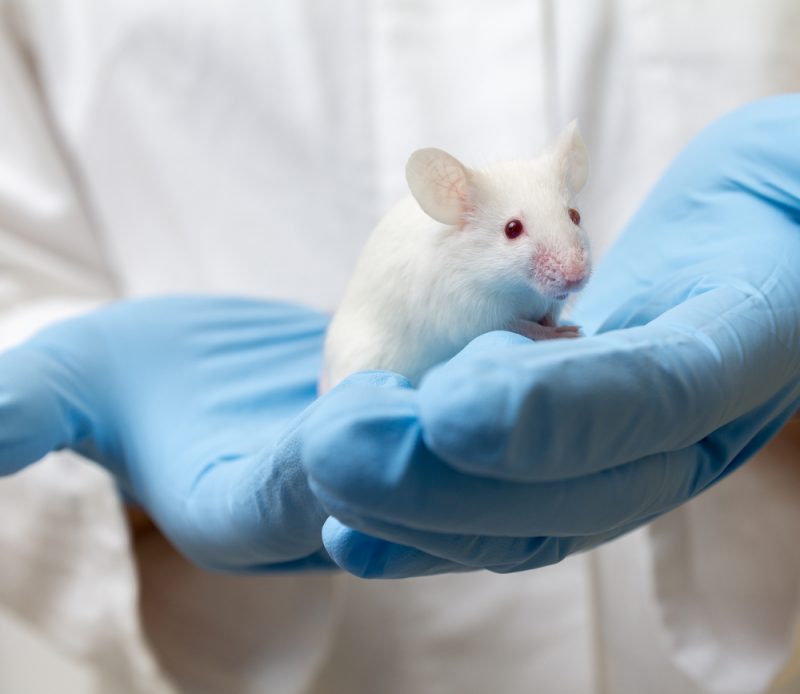Preclinical Research Supports Pridopidine’s Therapeutic Potential
Written by |

Treatment with pridopidine rescues the function of mitochondria — the cell’s powerhouses — boosting energy production, and reduces oxidative stress in models of Huntington’s disease, preclinical research shows.
According to researchers, these findings support the therapeutic potential of pridopidine and its ongoing clinical development.
Pridopidine is a small oral molecule being developed by Prilenia Therapeutics for the treatment of Huntington’s and other neurodegenerative diseases, including amyotrophic lateral sclerosis (ALS).
The therapy is designed to enter the brain and spinal cord, where it activates the sigma-1 receptor or S1R, a protein present at high levels in brain cells. S1R regulates various cellular mechanisms that are important for the maintenance of neuronal health and function.
Activation of S1R increases the production of brain-derived neurotrophic factor (BDNF), a protein with neuroprotective effects — the levels of which are reduced in people with Huntington’s.
Huntington’s also is characterized by mitochondrial impairment (dysfunction) and ensuing oxidative stress, both known to contribute to neuroinflammation and the death of nerve cells in the brain. Oxidative stress occurs when there is an imbalance between the production of reactive oxygen species (ROS) — damaging chemical molecules — and the ability of cells to detoxify them.
S1R plays an important role in the interaction between mitochondria and the endoplasmic reticulum or ER, a key organelle involved in the correct assembly of proteins and their transport within and across cells.
This key protein is enriched in the mitochondria-associated ER membranes, or MAM, a highly specialized region of the ER membrane that allows it to interact with the outer mitochondrial membrane. When S1R is absent, there is a disruption of the connectivity between mitochondria and ER.
A Phase 3 clinical trial called PROOF-HD (NCT04556656) currently is investigating the efficacy and safety of Pridopidine in individuals with early stage Huntington’s disease.
The trial, underway at 48 sites in the U.S., Canada, and Europe, is now recruiting patients, ages 25 or older, with a clinical diagnosis of early stage, adult-onset Huntington’s. More information on enrollment is available here.
In a study published in the journal Neurotherapeutics, titled “The Sigma‐1 Receptor Mediates Pridopidine Rescue of Mitochondrial Function in Huntington Disease Models,” researchers investigated the mechanisms underlying the neuroprotective effects of pridopidine in human cells and mouse models of Huntington’s disease.
The scientists found that the number of mitochondria and ER connecting sites was significantly reduced in the striatal neurons from a mouse model of Huntington’s. Of note, the striatal neurons are those found in the striatum, a brain region involved in voluntary movement control and a major site of damage in Huntington’s.
Moreover, these animals had a higher proportion of fragmented — damaged — mitochondria.
Treatment with pridopidine restored the connectivity between mitochondria and the ER, with a significant increase of 4.2% in the number of connections. Also, the treatment restored mitochondria shape as seen in healthy cells.
Importantly, the levels of S1R, which were reduced in the mice’s striatal neurons, were restored to healthy levels following treatment with pridopidine.
Early treatment also rescued mitochondrial function in mouse neurons with either high or low levels of mutant HTT (mHTT) — a key player in Huntington’s disease. Those findings indicate that the benefits of pridopidine are “independent of mHTT expression levels,” the researchers wrote.
These results also were observed in human lymphoblasts, a type of immature immune blood cell, that were derived from Huntington’s patients.
Pridopidine also was shown to decrease the generation of reactive oxygen species across mouse nerve cells and human neural stem cells derived from induced pluripotent stem cells (iPSCs). Such IPSCs are derived from either skin or blood cells that have been reprogrammed back into a stem cell-like state, which allows for the development of an unlimited source of almost any type of human cell.
Importantly, the beneficial effects in mitochondria observed upon pridopidine treatment were mediated by the action S1R.
The researchers also tested the effects of pridopidine in a mouse model of Huntington’s disease before the onset of symptoms (by 1.5 months of age). The mice received pridopidine as an oral dose of 30 mg/kg/day until they reached the age of 3 months.
Compared with sham-treated mice, which served as controls, the mice given pridopidine showed significant improvement in motor coordination, in this way delaying symptom onset. Moreover, the results also showed that pridopidine normalized the production of ROS, reducing oxidative stress. Those findings again demonstrated that “regulation of oxidative stress is a key factor in the beneficial effect of pridopidine on mitochondrial function,” the researchers wrote.
“In this study, we show that S1R activation by pridopidine rescues multiple mitochondrial functions, potentially contributing to the overall neuroprotective effect of pridopidine observed in preclinical and clinical studies,” they added.
“These new insights on pridopidine and how it affects S1R continues to advance our knowledge on its mechanism of action, which supports the development of this drug for HD and ALS,” Michael R. Hayden, MD, PhD, CEO of Prilenia, said in a press release.





